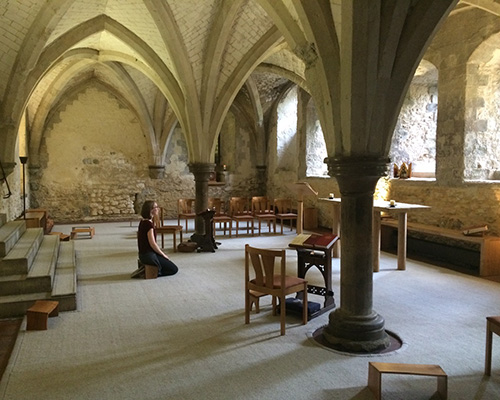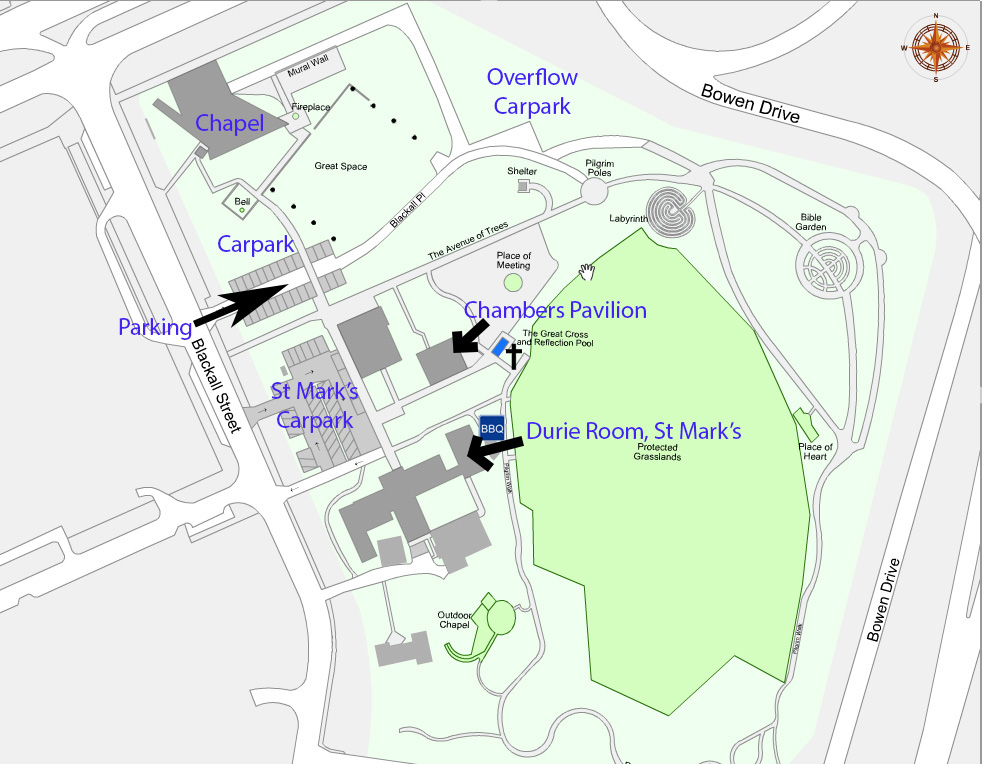Conference Details
 Since the earliest years of Christian history, women and men have responded to the Gospel of Jesus Christ in a radical way by intentionally committing themselves to distinctive forms of common life under a shared rule, often shaped by some form of the Evangelical Counsels (poverty, chastity, obedience). Historical expressions of intentional community life have taken many different forms over the centuries: monastic, mendicant, apostolic, ecumenical, charismatic, single-sex / mixed, celibate / married, temporary / life-long ... Religious Communities are also to be found across all the churches: Orthodox, Catholic, Anglican, Lutheran, Reformed, Evangelical, Pentecostal ... While standing outside the hierarchical structures of the Church, members of Religious Communities are called to make a distinctive contribution to its “life and holiness” (Roman Catholic Code of Canon Law 207 §2): often, indeed, such communities emerge when the institutional Church requires radical renewal.
Since the earliest years of Christian history, women and men have responded to the Gospel of Jesus Christ in a radical way by intentionally committing themselves to distinctive forms of common life under a shared rule, often shaped by some form of the Evangelical Counsels (poverty, chastity, obedience). Historical expressions of intentional community life have taken many different forms over the centuries: monastic, mendicant, apostolic, ecumenical, charismatic, single-sex / mixed, celibate / married, temporary / life-long ... Religious Communities are also to be found across all the churches: Orthodox, Catholic, Anglican, Lutheran, Reformed, Evangelical, Pentecostal ... While standing outside the hierarchical structures of the Church, members of Religious Communities are called to make a distinctive contribution to its “life and holiness” (Roman Catholic Code of Canon Law 207 §2): often, indeed, such communities emerge when the institutional Church requires radical renewal.
Within the Anglican Communion, Archbishop Justin Welby has provoked a fresh wave of thinking about intentional communities by establishing as his First Priority “the renewal of prayer and religious life”. In 2014 ++Justin laid down the following challenge:
We need a wild burst of fresh and Spirit-fuelled imagination about Religion [= religious community life] in the 21st century. It will be embedded in its traditions, but as in all past renewals of Religion it will also be different. Above all it will be spontaneous, not top down and under control. So what needs doing? What institutional changes are needed? How does the church, how do the churches (we are not all Anglicans here) obstruct you, hinder you when we should celebrate and support? What re-imagination do we need?
Three major conferences have subsequently been held in England, bringing together ecumenical representatives of traditional, new and emerging Religious Communities: “Treasures Old and New” (Whitby Abbey, 2015); “God, The World and Each Other” (Lee Abbey, 2017); “Differences in Common” (High Leigh, 2019).
Using the same model, “Ancient Futures” will bring together ecumenical representatives from a wide range of traditional, new and emerging communities across Australia, in order to:
- Reflect on the distinctive role played by Religious Communities during the first two centuries of Christianity in Australia
- Assess the history of new communities in Australia over the past 50 years: founding charisms, missions, relationships with church hierarchies, sustainability over time
- Consider how God may be calling 21st century Australians to various forms of religious life, and what ecclesial conditions (e.g. vision-casting, theology, resourcing, oversight, ecumenical collaboration) are now required to enable what the Holy Spirit is doing.
Conference Location
The conference is located at the Chapel at the Australian Centre for Christianity and Culture, 15 Blackall Street, Barton, ACT.
Parking
Free parking is available on site for attendees during the three days.
Please use P2 carpark which is the first carpark you come to from Kings Avenue. Please do not park in P1 which is St Mark's carpark. Volunteers will be at the boom gate to assist you with parking.

Accommodation
Canberra offers a wide range of accommodation options at a variety of price points suitable for single or accompanied travellers. The following hotels are all in close proximity to each other and within walking distance to the conference venue:
There are affordable accommodation options a short car drive away:
- Canberra House of Prayer
- YMCA Backpackers
YWAM Canberra is also offering its accommodation facilities to conference attendees. They are on the northern side of Canberra.

